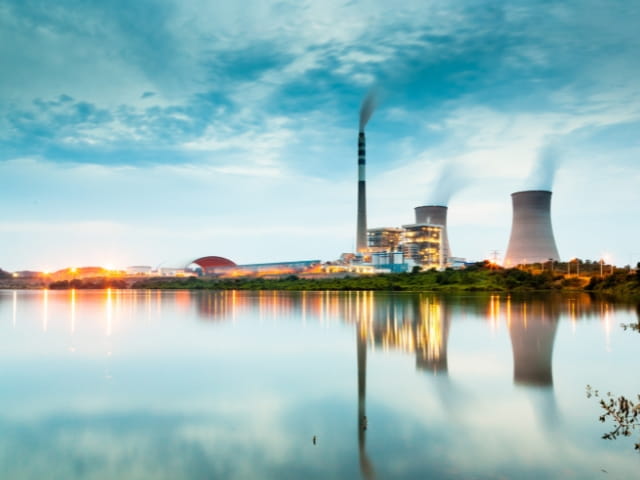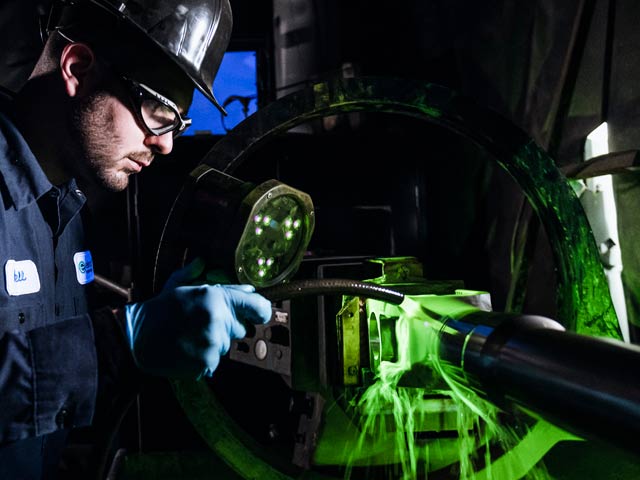API 6D Embraces Hydrogen: A Game-Changer for Energy Infrastructure

By Engaged Expert
Neal FergusonNeal Ferguson has over 25 years of experience in materials testing, non-destructive examination, quality, welding, and standards development. During his nearly 20-year career with Element, he has held both regional and global roles supporting operations, quality, and sales and marketing.
In a significant move towards a cleaner energy future, the American Petroleum Institute (API) has released an important update to its API 6D specification. This update, known as Addendum 2, introduces new requirements for valves used in hydrogen gas service, marking a pivotal step in the standardization of hydrogen infrastructure. Element expert Neal Ferguson, Chairman of API - SC20 – Supply Chain and Committee Member of API - SC6, 6D - Specification for Pipeline and Piping Valves, breaks down what this means and why it matters.
What's API 6D, Anyway?
API 6D, formally titled "Specification for Pipeline and Piping Valves," is a cornerstone document in the petroleum and natural gas industries. It covers everything from axial and ball valves to check, gate, and plug valves - components critical to ensuring the safe and efficient operation of pipelines and piping systems. Until now, it's mainly focused on oil and natural gas. But times are changing, and hydrogen is stepping into the spotlight.
Hydrogen: The New Player in Town
Hydrogen has been gaining traction as a clean energy carrier. But here's the catch - it behaves differently from oil and gas. You can't just use the same old equipment and call it a day. That's where this update comes in, introducing a new section called Annex M specifically for hydrogen gas service.
“You can't just use the same old equipment and call it a day. That's where this update comes in, introducing a new section called Annex M specifically for hydrogen gas service.”
What's New in Annex M?
The new requirements cover several key areas:
1. Design Validation:
-
Pressure Testing: Ensuring valves can withstand the unique pressures associated with hydrogen gas.
-
Emissions Testing: Verifying that valves maintain integrity and prevent hydrogen leakage.
2. Material Specifications:
-
Metallic Components: Not all metals are hydrogen-friendly, so this specifies which ones to use.
-
Non-Metallic Seals: Ensuring sealing materials are compatible with hydrogen service.
-
Surface Treatment: Specifying treatments that enhance valve performance and longevity in hydrogen environments. Sometimes, a special coating can make all the difference.
3. Supplemental Acceptance Testing:
-
Additional tests to verify valve suitability for hydrogen service.
4. Fire-Safe Certification and Antistatic Design:
-
Critical safety features to prevent incidents in the highly flammable hydrogen environment.
5. Enhanced Non-Destructive Examination:
-
More rigorous inspection processes to ensure valve integrity.
Why This Update is a Big Deal
This isn't just a technical tweak; it's a reflection of the changing energy landscape. As the world seeks to reduce carbon emissions, hydrogen is increasingly seen as a key player in the transition to cleaner energy sources. Here's why it matters:
-
Safety First: By addressing the unique challenges of hydrogen, the specification ensures safety keeps pace with innovation.
-
Driving Innovation: This update encourages the development of new valve technologies and improvements to existing ones.
-
Facilitating Standardization: Making it easier for companies to design, manufacture, and implement hydrogen infrastructure. Now everyone in the industry has the same playbook for hydrogen equipment.
-
Supporting the Energy Transition: It's paving the way for hydrogen to play a bigger role in our energy mix - providing a framework for the safe expansion of hydrogen as an energy carrier.
“This isn't just a technical tweak; it's a reflection of the changing energy landscape.”
Looking Ahead
For valve manufacturers, pipeline operators, and energy companies, this update signals the need to stay informed and potentially adapt their products and practices to meet these new requirements. But it's not just about compliance - it's about opportunity. The hydrogen economy is growing, and this update opens doors for innovation and growth.
As we move towards a more diverse and sustainable energy future, updates like this to API 6D play a crucial role. They ensure our infrastructure is ready for the challenges and opportunities ahead. The valves being designed today may be part of the clean energy solutions of tomorrow.
The energy landscape is changing, and with updates like this, the industry is showing it's ready to change with it. It's not just about keeping up; it's about leading the way towards a cleaner, more sustainable future.
Find related Resources




